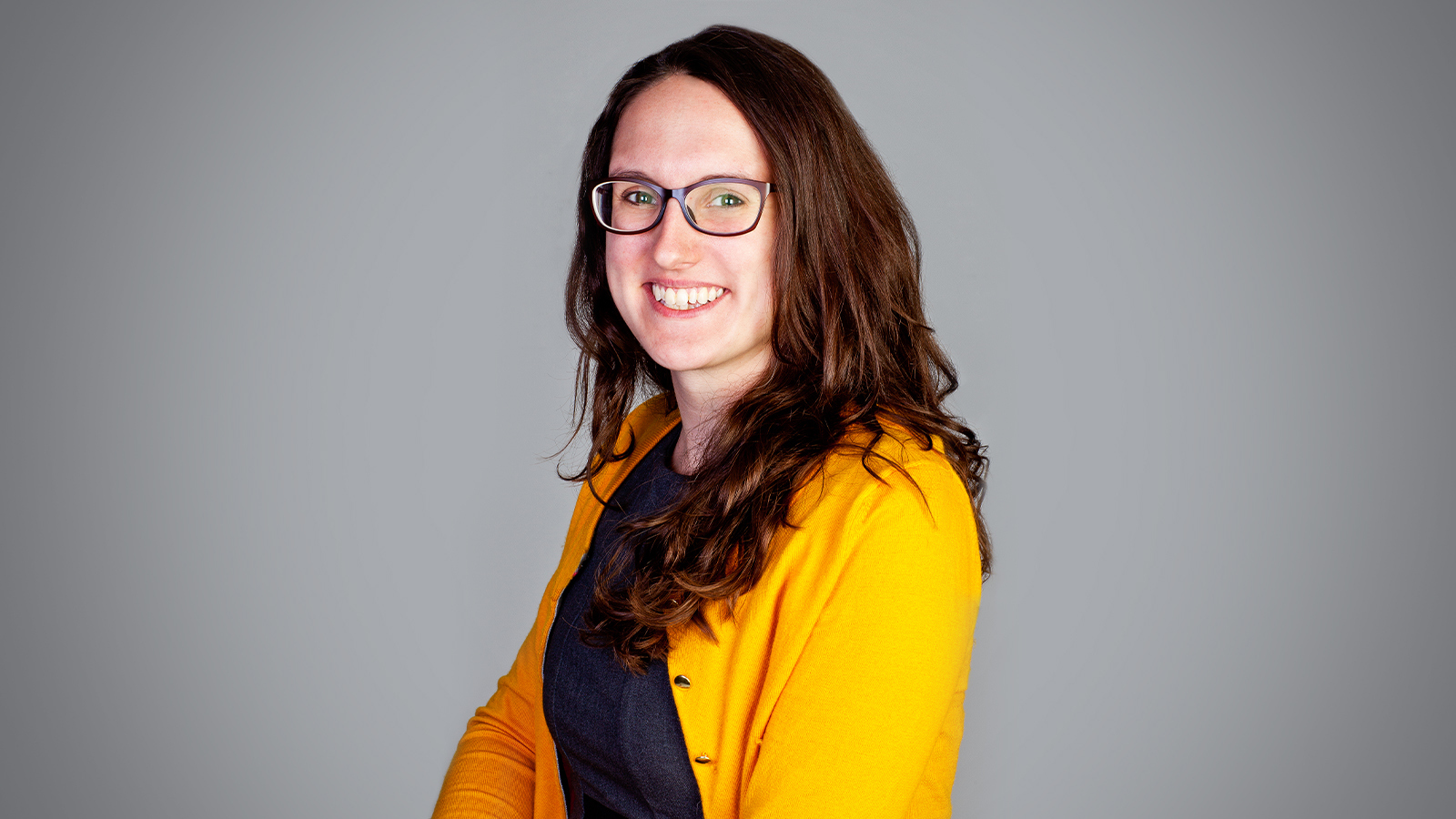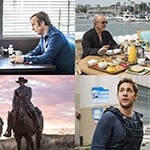Full Sail Stories
Published Dec 19, 2023
This Grad Combines Computer Animation with Instructional Design
Tasha Rosenbaum’s animation background helped her co-found bylittle, a design agency that creates interactive courses for e-learning providers.

“What led me to Full Sail was a love for animation, a love for video games, a love for thinking through that logic. But I didn't necessarily step into a traditional [computer animation] field after Full Sail,” says grad Tasha Rosenbaum.
Instead of working in entertainment, Tasha has used her technical animation skills, storytelling prowess, and passion for instructional design to co-found bylittle, a design agency that caters to e-learning providers. Today, Tasha’s agency is creating custom classes, live-action videos, and animations for a range of clients.
Tasha’s collegiate career began at Hawaii Pacific University, where she was pursuing an English degree with a specialization in poetry. She decided to change course for a more hands-on education and landed at Full Sail, where she studied computer animation. Tasha interviewed at a few animation studios after she graduated, but a freelance project for DuPont made her rethink her approach.
“When businesses in general were first getting into social media, [the team at DuPont] was developing training for their internal marketing team to be able to manage bad interactions on their Facebook page. [They] were like, 'We've got everything written for it and we just need someone to do the animation work for it.' So, I came in and did animations for a 12-week-long program, so a couple hundred hours’ worth of e-learning. It was animation, but also interactive,” Tasha shares.
After Tasha finished the DuPont project, she started getting offers for more instructional design work. She landed a contract with the Air Force, and the work environment was the perfect training ground to develop her digital course creation skills.
“I was actually at an Aircrew Training System [station], and they had full motion simulators, classroom training, computer-based training, as well as training on the flight line,” she explains. “I did all the curriculum development, competency modeling, writing the scenarios for the full motion simulators.”
Tasha spent a few years working with the Air Force, then moved into the private sector to create instructional design materials for corporate learning and development. While she was hunting for a full-time role, Tasha noticed that most of the companies she encountered were outsourcing their instructional design projects to specialized agencies. If Tasha wanted to take on the work that fascinated her, she’d have to adopt an entrepreneurial mindset. Luckily, the connections she’d fostered at Full Sail helped her find a solution.
Tasha co-founded bylittle with fellow Full Sail grad Jordan Little in 2021. Over the last few years, bylittle has grown from Tasha, Jordan, and two developers into a full-fledged agency with 20 employees. The company specializes in interactive training courses, videos, and animations for e-learning providers. Some of bylittle’s past projects include internal corporate courses about navigating promotions, health courses to educate caregivers about dementia, e-learning introductions to artificial intelligence, and more.
When Tasha’s working on a project at bylittle, she focuses on bridging the gap between expert-level and beginner knowledge. She spends a lot of time meeting with clients to figure out their needs and the needs of their learners, as well as interviewing subject matter experts to gain a deep understanding of the course topic.
“I work with that subject matter expert until we get the content worked out to a way where they feel like I haven't diluted what their message is, but it's delivered contextually and conversationally in a way that someone can actually learn from it and you're not just being talked at,” she says.
Once everything is storyboarded and scripted, Tasha’s team builds a rapid prototype of the course. The prototype establishes the project’s graphic style, visual assets, overall look, and interactive elements.
“[The prototype] allows them to be able to hear the script being said to them and then navigate through it as the learner's going to go through it. Then we can [reveal if] there any further gaps now that you're hearing it, [or] now that you're touching it, is there anything that we've missed? And then we go through iterations of it until it gets to the point where we're ready to either socialize it with a larger stakeholder group or we launch it to the learner population,” Tasha explains.
bylittle’s approach to e-learning is working: The agency has already worked with more than 40 teams to create specialized content. Having a true passion for instructional design has helped Tasha and her team scale their company, but Tasha feels that her computer animation background has also given her a unique advantage.
“I think a lot of [the advantage with a computer animation background] comes from the storytelling side of things. Really thinking about how to weave a narrative through training, how to present things in a visual way. Because even if it's not animation in the sense of movement, there's a lot of just, how do you break things down as though you're thinking about a scene?
“And game thinking is so common in e-learning,” she continues. “If you think about the tutorial level in a video game, it’s about, how do you introduce the content and then build on it in a subtle way that people feel like they don't realize it's gotten more complex? But at the end of it, they realize, ‘Wow, at the beginning of this, I never thought I'd get to the point that I am at.’”
Tasha loves her work in e-learning, but she wishes she’d known about non-traditional paths in the animation industry sooner.
“I’m really happy with my career trajectory, but it's a very non-traditional career trajectory," she explains. “You don't necessarily have to go into movies, you don't have to go into games. [You can] do some really cool video work, it's just not going to be in the theaters… I see a lot of people give up after they haven't been able to get a job in the gaming or the animation space. There's other avenues to explore – figure out how to explore those.”



